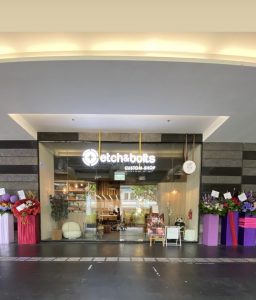The movie rental industry continues its rapid evolution, driven by technological advances and changing consumer preferences. As we look toward the future, several key trends are reshaping how we access and experience films, creating new opportunities for both content creators and viewers.
The Subscription Revolution
Subscription-based models have become the dominant force in digital entertainment, with approximately 80% of households now subscribing to at least one video rental service. This shift represents a fundamental change in how consumers approach entertainment spending, moving from individual transactions to monthly commitments that provide unlimited access to vast content libraries.
The success of subscription models has encouraged platforms to invest heavily in exclusive content, creating original programming that differentiates them from competitors. This strategy has proven highly effective, with streaming giants producing award-winning films and series that attract new subscribers while retaining existing ones.
Hybrid Distribution Models
The traditional theatrical release window is undergoing significant transformation. Studios are increasingly adopting flexible strategies that consider individual titles’ performance and audience behavior rather than following rigid timelines. Some films now premiere simultaneously in theaters and on digital platforms, while others have shortened theatrical windows to optimize revenue across multiple channels.
This hybrid approach reflects the industry’s recognition that different films require different distribution strategies. Blockbusters may benefit from extended theatrical runs, while smaller films might find greater success through immediate digital availability. The result is a more nuanced and data-driven approach to film distribution.
Technological Innovations
Artificial intelligence and machine learning are revolutionizing content discovery and recommendation systems. These technologies analyze viewing patterns, preferences, and even viewing times to suggest content that aligns with individual tastes. Advanced algorithms can now predict which films users are likely to enjoy with remarkable accuracy, improving the overall viewing experience.
The integration of virtual reality and augmented reality technologies promises to create entirely new forms of entertainment. While still in early stages, these technologies could transform passive movie watching into interactive experiences, allowing viewers to immerse themselves in film worlds in unprecedented ways.
Personalization and Accessibility
Modern rental platforms are becoming increasingly sophisticated in their approach to personalization. Beyond simple recommendation algorithms, platforms now consider factors like viewing device, time of day, and even mood indicators to suggest appropriate content. This level of personalization creates a more engaging and satisfying user experience.
Accessibility features are also expanding, with platforms adding more comprehensive subtitle options, audio descriptions, and interface adaptations for users with disabilities. These improvements reflect a growing commitment to inclusive entertainment access.
Market Predictions
Industry analysts predict continued growth in digital rentals, with the market expected to expand significantly through 2033. The convenience factor, combined with improving internet infrastructure and device capabilities, supports this optimistic outlook. Additionally, the global pandemic has permanently altered viewing habits, with many consumers now preferring home viewing options even as theaters have reopened.
The future of movie rentals appears bright, with technological innovations and changing consumer preferences driving continued evolution in how we discover, access, and enjoy films.

